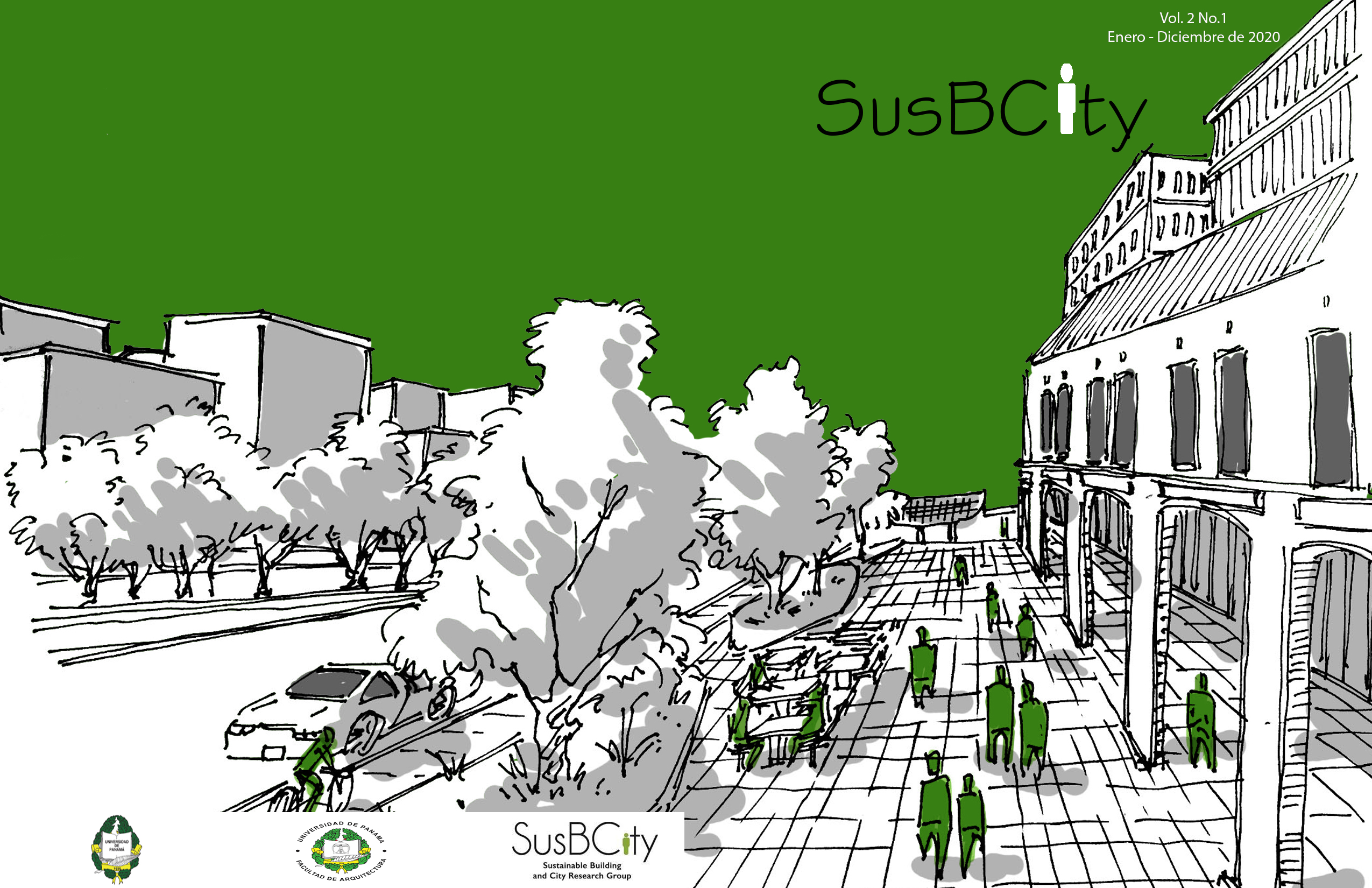

Walking is an activity that hundreds of people make a diary and, specifying the urban environment, can become an experience as negative as positive for the pedestrian. This study seeks to conduct an analysis of the pedestrian flow in two urban stretches of the banking area of ??Panama City: one (A) on Ricardo Arango Avenue and the other (B) on Samuel Lewis Street, comparing the direct morphological characteristics in both sectors. The study identifies deficiencies and pathologies that offer resistance or induce the traffic pattern of mobs. Measurements with video cameras are used for pedestrian flow on two different days, but at the same time (from 12:10 p.m. to 1:10 p.m.). The results that the pattern of pedestrian flow is changing and most likely due to external factors that hinder free traffic.